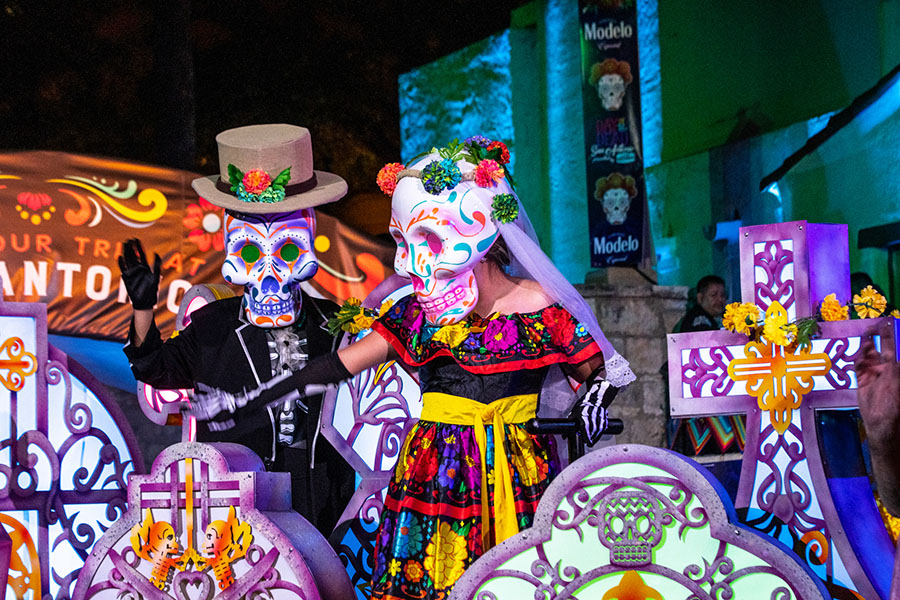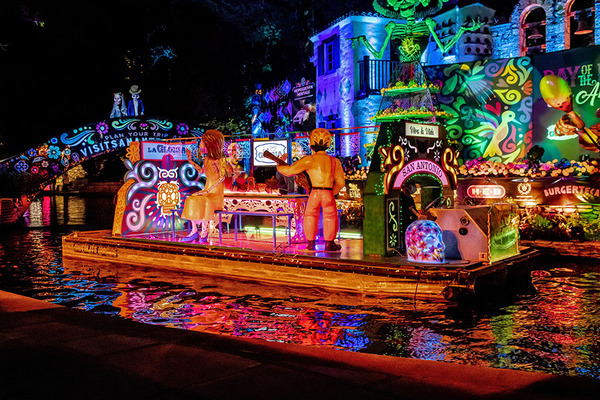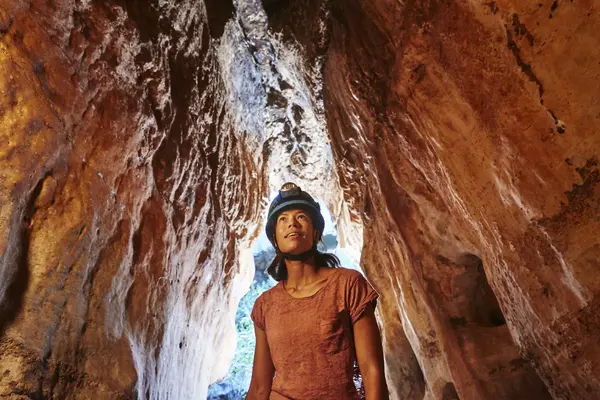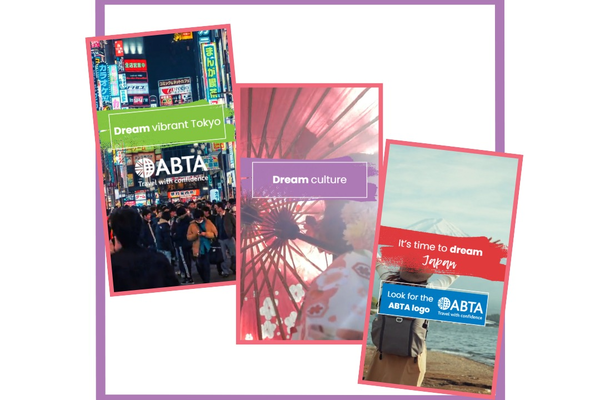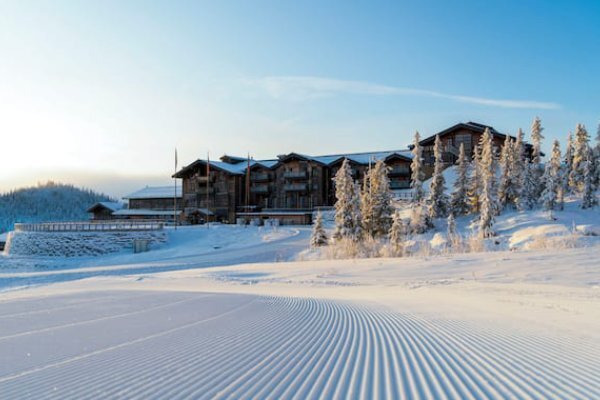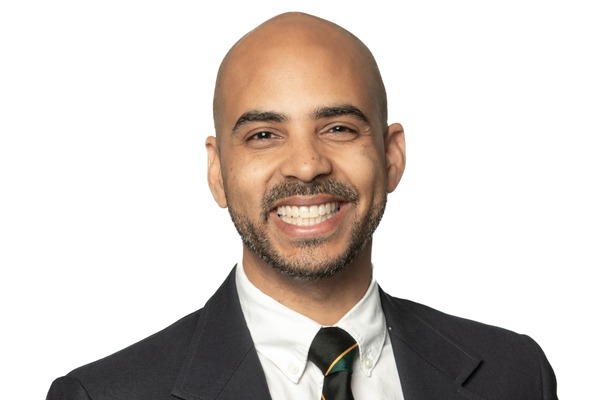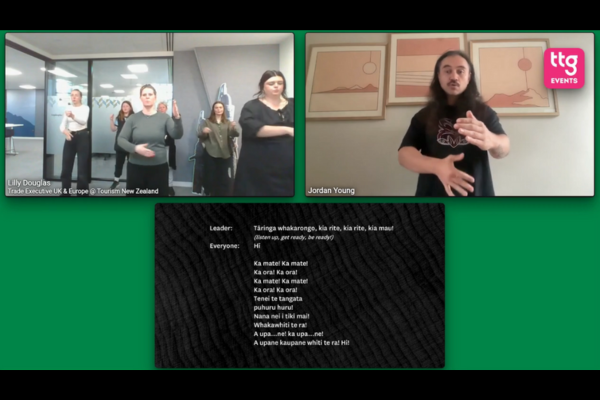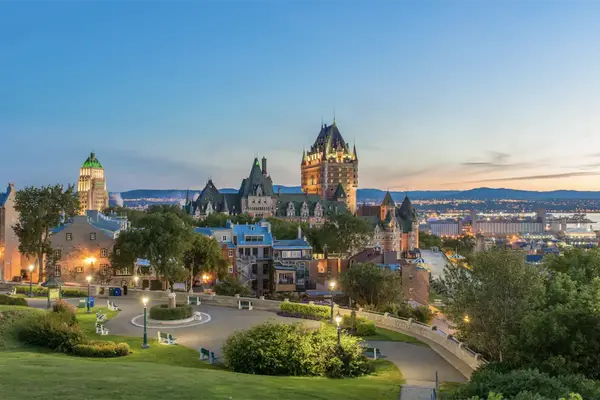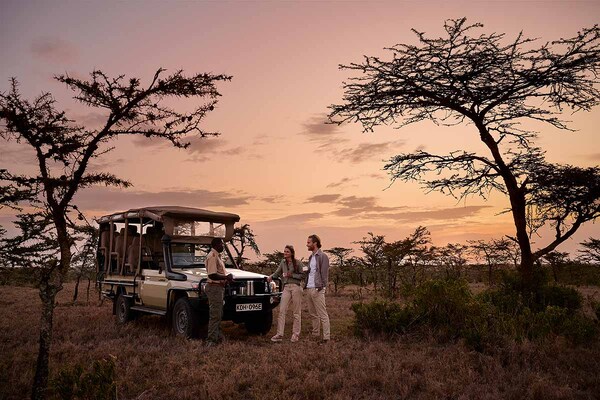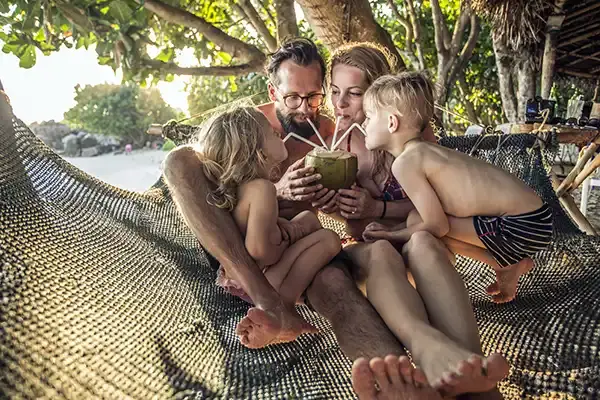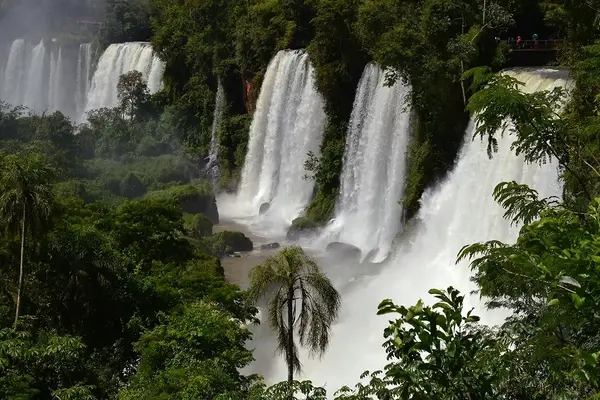The authentic Mexican festival that's best enjoyed in San Antonio, Texas
 Claire Dodd
Claire DoddWhile honouring the dead, Dia de los Muertos is an extraordinary celebration of life, finds our writer, witnessing the city’s traditional processions, parades and altar building
“Let’s be very clear. We’re not all cowboys here. This isn’t the Wild West. We are different from the rest of Texas. We were Mexico. We share so much commonality with Mexico. And that connectivity makes us very unique from the rest of the country.”
Chef Johnny Hernandez’s words are playing on my mind, as I stand in the sticky evening heat of San Antonio’s Hemisfair park, waiting. Tonight, at the climax of its Day of the Dead (or Dia de los Muertos) celebrations, skeletons are gathering.
Beneath a whisp of lace and a towering flower crown, I see a face, half painted into a grinning skull. All around, the park is a flurry of flowers, face paint, veils, corsets, tailed suits with skeleton prints, even giant black feathered wings. Then, a drum beat.
In the darkness a band of Aztec warriors stomp on each beat, a flurry of flailing limbs. Behind, a woman wearing a billowing dress covered with the symbols of local native tribes, face painted into a skull, slowly follows. Perched on stilts and swinging flowing lace dresses in searing colours, more skeletons tower over the crowd, lit by flashing fairy lights. Triumphant Mariachi march in full song; I defy anyone to be in a bad mood when their trumpet and violins simultaneously hit those high notes.
And yet, reminding us what we’re all here, a slow march of families follow, carrying altars dedicated to lost loved ones. Some carry just a single a photo. And from loud revelry settles a thoughtful quiet.
You may know San Antonio as the home of the Alamo. Dating back over 300 years, the history-filled landmark and four other Spanish colonial missions are Texas’ only Unesco World Heritage site. You may even know the city as a culinary capital; it’s also a Unesco Creative City of Gastronomy.
But you may not know about its annual celebration of the dead. “Not only are San Antonio’s Day of the Dead celebrations the largest in the United States,” says Marc Anderson, president and chief executive, Visit San Antonio. “These city-wide celebrations have evolved to become a unique celebration reflecting the melting pot of cultures in San Antonio, uniting communities.
“Visitors to San Antonio will find events, celebrations and altar dedications across the city, from the free concerts and parades in City Park, to a stunning river parade of colourful floats to beautiful altars in hotels, museums and missions.”
Marking the day when in Mexican culture it’s believed the dead can return to the living, celebrations have been ramping up here in recent years, growing on a wave of Mexican pride and wider recognition, thanks to films such as Disney’s Coco.
Mexican wave
“We started this 11 years ago,” says Faith Radle, producer of Muertos Fest at Hemisfair. This Day of the Dead festival includes live music, Mexican market stalls, the procession, and most importantly, altars dedicated to passed loved ones. “And we never know exactly what to expect. It’s a very community-driven, organic event.”
Though the Day of the Dead itself isn’t until November 2, the weekend before usually sees the peak of celebrations, including the altar-building and procession – the personal dedications created by those that take part ensure this feels entirely different every year.
“They reflect what’s happened in the past year,” adds Radle. “When we started we had about 15,000 people attend and 20 altars. Last year we were at 135,000, and more than 80 altars. We want to keep growing in a way that keeps it free and accessible, with the altars at the centre of it.”
The river parade too is growing. Founded in 2019, it’s the vision of chef Johnny, because “no one can do a river parade like San Antonio.” Held on a Friday night, and a sell-out before the event – clients should pre-book a seat on the riverwalk for the best views – it features 26 barges of dancers, musicians, Catrinas (an elegantly dressed skeleton lady), Mexican folk art from Alebrijes (mythical winged creatures), wrestlers, cheerfully waving skeletons and even pieces of corn. All these elements tell the story of how and why the festival has made it through thousands of years from its Aztec beginnings, through colonialism, and still survives today – which is no mean feat.
“I really want people to experience the festival in the most authentic way,” says Johnny, as I sample the special Dia de los Muertos menu at his restaurant, La Gloria. Hailing from a first-generation Mexican-American family, he’s been working with Mexican artists to bring authentic parts of the celebrations back to the city.
“I strategically felt this was a way to introduce the holiday to a lot of people. Because to experience it in Mexico is not easy. Some people will never go to Mexico, because they don’t know the language, or they’re uncomfortable.
“I really want to be that safe place in in the US, where we can do the best possible job to educate and share that tradition. I really think that’s what our mission is, to share.”
Book it: Jetset offers a six-night Day of the Dead festival highlights trip from 29 October – 4 November for £1,358pp, with return United Airlines flights from Heathrow, on a room-only basis at the Omni La Mansion in a deluxe room; jetsetflights.co.uk; visitsanantonio.com
Sign up for weekday travel news and analysis straight to your inbox

Claire Dodd
Supplier Directory
Find contacts for 260+ travel suppliers. Type name, company or destination.
